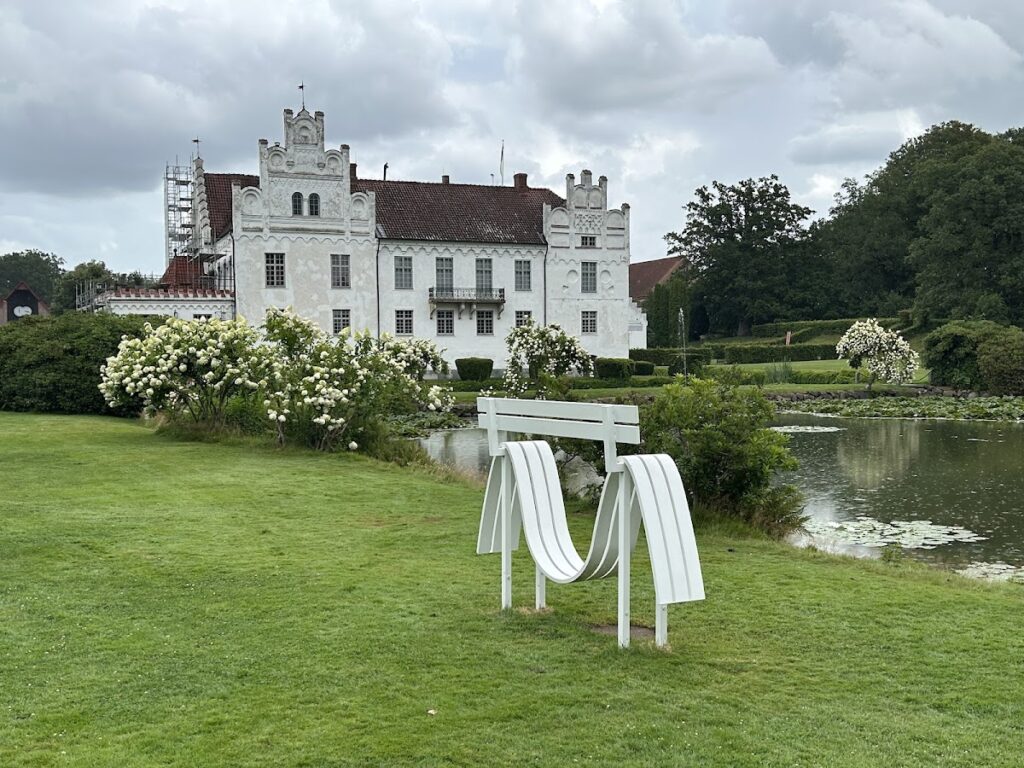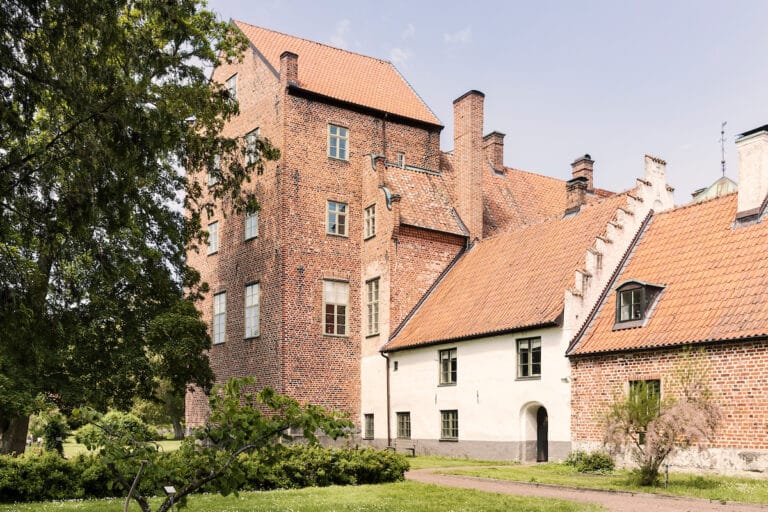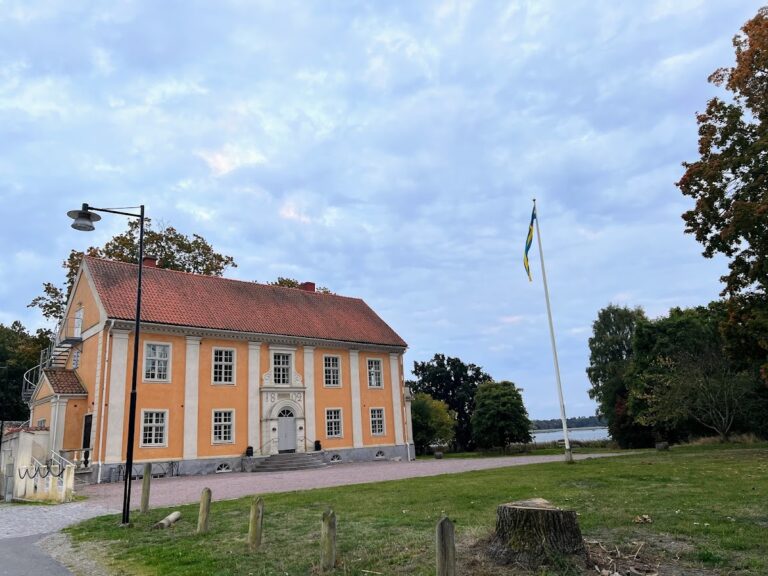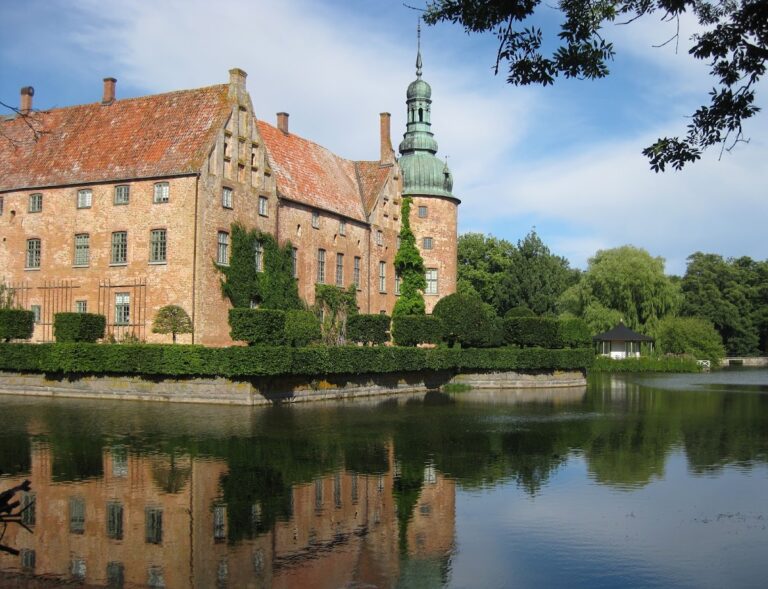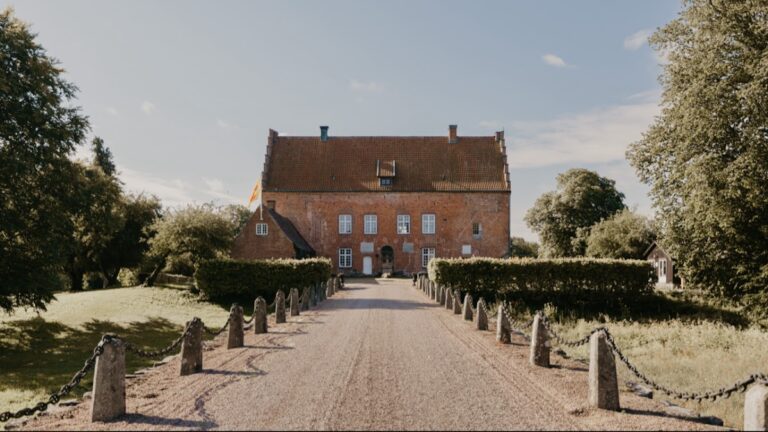Wanås Castle: A Historic Swedish Manor and Contemporary Art Site
Visitor Information
Google Rating: 4.5
Popularity: Low
Google Maps: View on Google Maps
Official Website: www.wanaskonst.se
Country: Sweden
Civilization: Unclassified
Remains: Military
History
Wanås Castle is located in the municipality of Knislinge in modern-day Sweden. The estate was originally constructed by Scandinavian settlers during the Middle Ages and first appears in records from the 1440s under the name Watnaas, which translates to “the ridge by the water.” At this time, it was described as a stone stronghold surrounded by moats and owned by the squire Eskild Aagesen.
During the late 15th and early 16th centuries, the property came under the possession of the influential Brahe family. Niels Nielsen Brahe, a prominent supporter of the deposed Danish King Christian II, held the estate during this politically turbulent period. Following Christian II’s removal in 1523, the new Danish monarch Frederick I confiscated Brahe’s lands, including Wanås, but maintained ownership of the castle itself. Shortly afterward, in 1525, Claus Bille acquired Wanås and later passed it on to his son Sten Bille in 1553.
Wanås suffered significant damage during the Nordic Seven Years’ War (1563–1570) when Swedish troops burned it down. Reconstruction began around 1566 led by Sten Bille, and after his death, his widow Kirsten Lindenov continued to restore the property. The estate changed hands in 1649 when Anna Ramel purchased it. Notably, Wanås was among the few manors not claimed by the Swedish crown after the territorial losses Denmark faced following the Treaty of Roskilde in 1658.
In the late 1600s and early 1700s, the Putbus family owned Wanås, with Lena Sofia von Putbus overseeing significant repairs. The mid-18th century marked a new chapter when Governor Carl Axel Hugo Hamilton acquired the castle in 1756. After his passing, his widow, Betty Jennings, made extensive improvements by adding outbuildings, draining the original defensive moats, and enhancing the grounds with gardens and water installations. In 1801, Carl Axel Wachtmeister af Johannishus inherited the estate. He reoriented the main entrance toward the north and constructed an orangery, reflecting contemporary tastes in manor house landscaping.
Wanås remained under the care of the Wachtmeister family for centuries, with the fideicommissum—a legal arrangement keeping estates within a family—ending in 1978 after the death of the last appointed heir. Today, the estate is managed by Count Carl-Gustaf Wachtmeister, husband of Marika Wachtmeister, who founded the Wanås Art Foundation.
Historically, the castle grounds served as a stronghold for Danish loyalists known as snaphaner during the 17th-century conflicts between Sweden and Denmark. Local resistance activities and the execution of captured fighters are reported to have links with Wanås, emphasizing its role in regional military history.
Since 1987, Wanås has embraced a cultural function as a museum and sculpture park featuring contemporary art. Exhibitions and permanent installations utilize the castle’s landscaped grounds and the renovated farm buildings from the 18th and 19th centuries, blending historical architecture with modern artistic expression.
Remains
The earliest documented layout of Wanås Castle consisted of a stone-built main structure encircled by moats, characteristic of medieval defensive designs. This moat system provided an initial layer of protection and framed the estate’s elevated position by the water. During the 18th century, the estate’s moats were intentionally drained under the ownership of Betty Jennings, transforming the landscape from a fortified manor to a more open, garden-centered setting.
The original castle was largely destroyed in the Nordic Seven Years’ War but was reconstructed from 1566 onwards. The current main building reflects this post-war rebuilding phase, with further stylistic updates culminating in a significant remodeling completed around 1900. An important feature added in the early 19th century includes the orangery constructed by Carl Axel Wachtmeister, designed to shelter delicate plants during colder months and contribute to the estate’s formal gardens.
Surrounding the castle, formal gardens and water features were developed, combining with an English-style park laid out around 1800. The estate also includes a manor avenue, aligning with traditional landscape design that emphasizes grand approaches to the home. These landscaped elements reflect the transition from medieval fortification towards an elegant country estate.
Inside Wanås Castle, much of the historical interior character has been preserved. The castle hosts notable collections of fine furniture and portraits by renowned artists such as Rembrandt, Rubens, Van Dyck, and Swedish painters including Roslin, Lundberg, and von Breda. These collections contribute to the cultural richness of the site, reflecting the tastes and wealth of its successive owners.
The grounds now incorporate a sculpture park with over 40 permanent contemporary art pieces. These installations are displayed both outdoors throughout the park and within renovated 18th- and 19th-century farm buildings such as stables and barns. Among the well-known outdoor sculptures are “The Little Bridge” (1988), “Black Line” (1988), “Cow Chapel” (1993), “Sprungen Ur” (1996), “The Wanås Wall” (2002), and “11 Minute Line” (2004), created by prominent international artists including Per Kirkeby, Yoko Ono, and Antony Gormley.
Since 1980, Wanås Castle has been officially protected as a listed building, ensuring the preservation of its architectural integrity and historical fabric, safeguarding the estate for future generations to study and appreciate.
